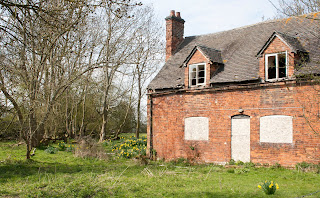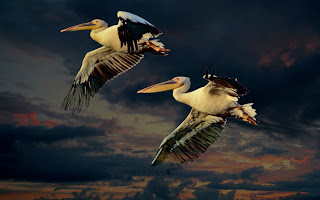To begin with i was doing this project completely wrong for some reason i kept clicking on the object and trying to get the whole thing captured so that i could then inverse the selection so it was just the background that was select (why i was doing this god only knows), then i released why don't i just click on the background in in the first place as its one solid colour meaning it'd be much easier to set the tolerance to capture this. How stupid do you think i felt when this took about two seconds when i set the tolerance to 50 and clicked on the background and there you have it the perfect selection. Next job was to feather the edges so they don't appear to hard and unrealistic when the object is lifted from the background. To do this i went to select>modify>feather and set it to 1 pixel. Finally when i was happy with the way things were looking i fill the background with white using edit>fill and below are the final results.
For the second part of the project as usual now i was asked to follow the same process with one of my own images, below is the image of a flower i chose. The reason i went for this particular shot was because i wanted something with a slightly more complicated outline but something that would be relatively easy to separate from the background.
I did find it a little more difficult getting the tolerance right as i kept catching the darker areas on the leaves every time i selected the background but once I'd got over this problem i found the process relatively easy to complete although because i was taking it from a dark background i did keep ending up with a kind of dark halo around the edges until i got my feathering right when set to 5 pixels. Below is my final image.
Overall another technically challenging project that i know will come in very useful when i get to my second assignment. I like the way this part of the course is slowly building up your skill set in this area, many of the functions in photoshop you tend to avoid or just take no notice of but actually knowing and understanding there uses can only add to my creativity in the future.














































